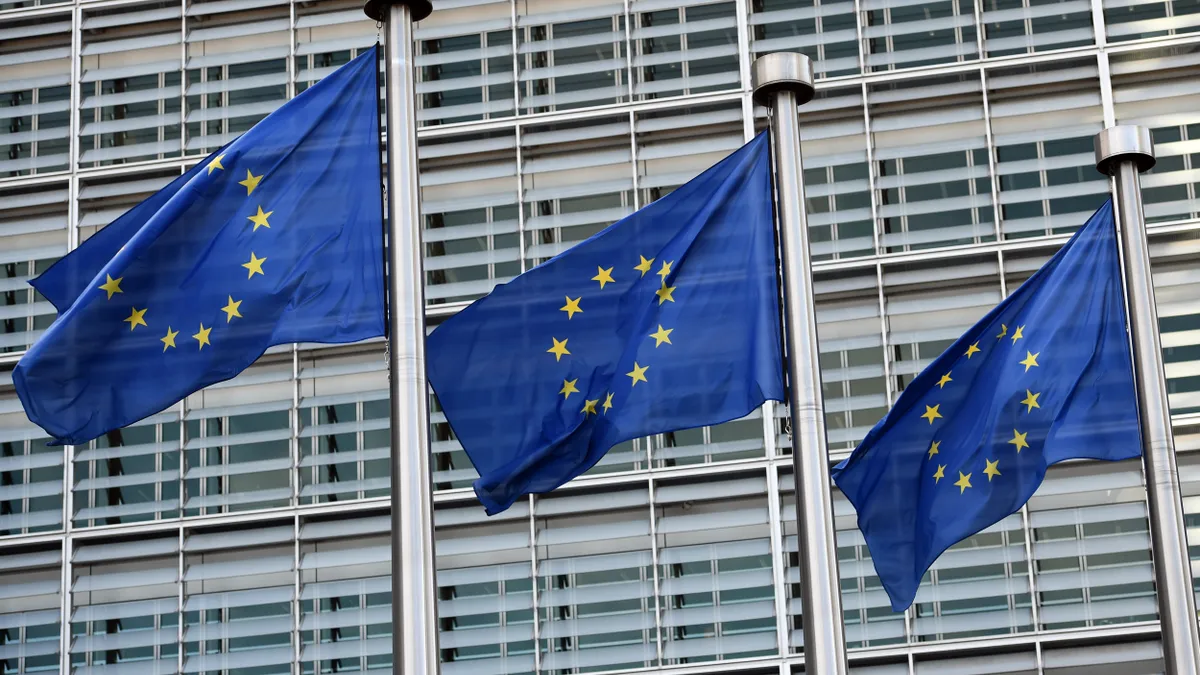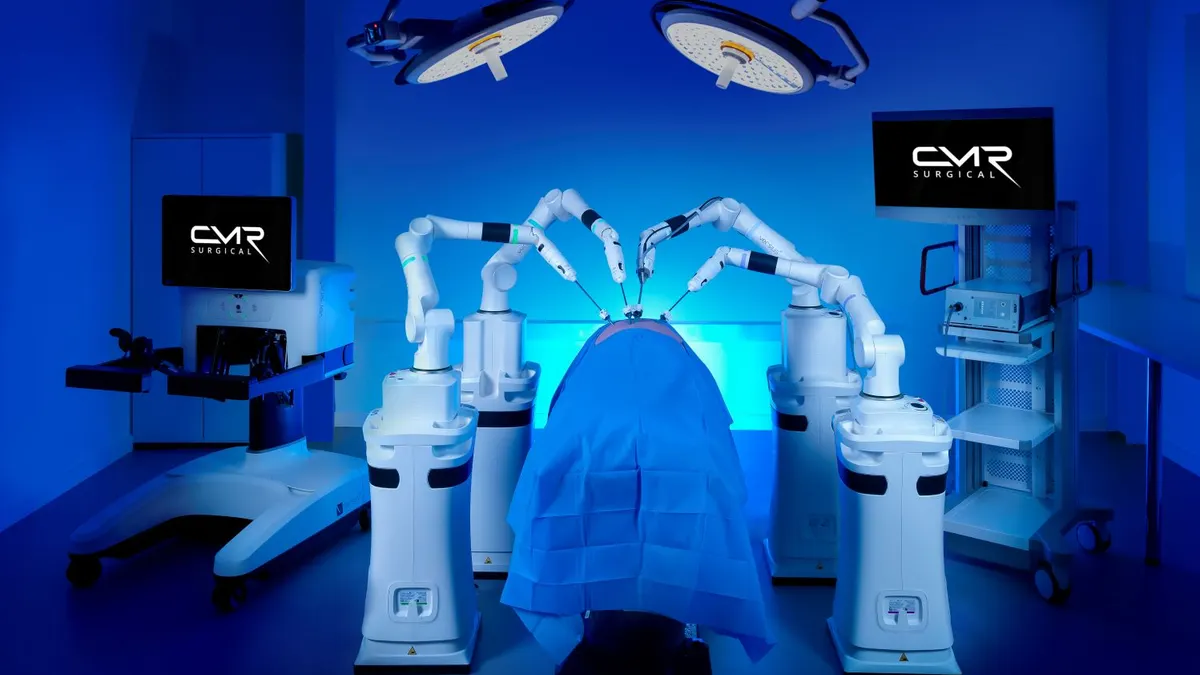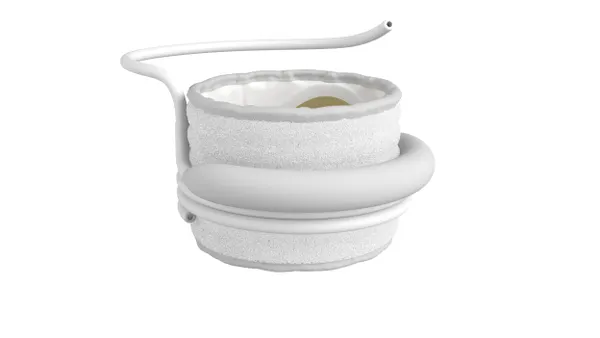As the countdown to the EU's new medical device and diagnostics rules ticks away, uncertainties and lack of guidance are hampering industry efforts to prepare and comply.
The Medical Device Regulation is set to take effect in May 2020 and the In Vitro Diagnostics Regulation in May 2022. The updated rules impose more rigorous clinical requirements for high-risk devices, stiffer postmarket oversight, adherence to common specifications and harmonized standards and use of unique device identification technology to track products through the supply chain. Thousands of IVD products will require CE marks for the first time.
Yet polls show an alarming lack of readiness to comply with the new regulations. A recent KPMG and Regulatory Affairs Professional Society survey found more than three-fourths of regulatory affairs and quality leaders at medical device companies don't fully understand the MDR, and 58% have no strategy for remedying gaps in their clinical data or data collection processes,
Asked about their readiness to meet the regulatory deadline, 45% of North American respondents and 29% in the EU said they were "not very confident."
Similar concerns exist in the IVD sector.
"Manufacturers need to establish procedures and templates that are justifiably aligned with the regulations and begin their transitions now," says Mary Beth Henderson, vice president of regulatory and quality at RCRI, a clinical research organization. "Making minor adjustments to documentation during the review cycle will be less cumbersome than scrambling to produce documentation at the end of the transition period."
Experts agree that companies need to prepare now to make the transition, but questions loom large on how to accomplish that goal. Here are five sticking points on the path to compliance.
1. Notified body capacity
Ask anybody in the device industry and they'll tell you their No. 1 concern is not knowing when notified bodies will be ready to begin conformance assessments and whether there will be enough to handle the increased workload. According to the EU's notified body database called NANDO, the number of notified bodies has dropped from around 80 to 59. The possible shortfall is especially troubling in the IVD area where roughly 80% of products — about 35,200 — will need notified body oversight for the first time.
The process of designating notified bodies to the new regulations got underway last November, but the first notified body designations are not expected before the second quarter of 2019. That leaves little time for the product and quality systems assessments required for CE marking. According to MedTech Europe, about 314,000 medical devices need to be recertified before May 26, 2020 to remain on the EU market.
The problem isn't just about time. There are also concerns about finding available experts who understand the new requirements and have the technical expertise to assess the expanded pool of regulated products. It takes about two years for notified body staff to learn the ropes and become fully operational, according to MedTech Europe.
The result could be a serious bottleneck of products trying to squeeze through by the deadlines.
"I know they're working behind the scenes to do some of this work, but it's not as transparent as we would like as far as what the status is," says Joe Gatewood, vice president of global strategy and analysis at AdvaMed, referring the notified body designations.
2. Lack of implementing acts
The transition continues to be stymied by a lack of implementing acts — standards and specifications on how to conform to the new rules and the Commission's expectations. To date, just one of the 18 implementing acts required make the regulations work has been published. It spells out the codes and corresponding device types for specifying the scope of notified body designation.
A half dozen others are in the works, covering issues such as common specifications on reprocessing and reuse of single-use devices, designation and fees for IVD reference labs and designation of UDI-issuing entities. But nearly 18 months into the transition period, manufacturers, notified bodies and other stakeholders are frustrated by the lack of guidance.
"We don't see the implementation proceeding at the pace that we would like, and it's a big question mark, because a lot of that has to do with the requirements for the reviews," Gatewood told MedTech Dive.
3. Brexit
Uncertainty over the U.K.'s decision to pull out of the EU is dragging on, with no clarity on withdrawal terms, keeping the transition waters muddy. European Commission data suggests up to half of all devices certified in the EU use notified bodies designated in the U.K., so any delay in certifying products could impact patients.
"It's potentially a very large aggravating factor," Gatewood says. "If there's a hard Brexit and the EU decides for whatever reason that they don't want to accept the certificates or the technical files that are created in the U.K. into the EU to be reviewed, then that's another drain on the capacity."
Some U.K.-based notified bodies are making contingency plans in case a worst-case scenario occurs. BSI, the U.K.'s largest medical device notified body, is moving some of its business to the Netherlands. Intertek is transferring its medical activities from the U.K. to Intertek Semko in Kista, Sweden.
4. Own brand label devices
The regulations include new requirements for "other brand labelers," companies that seek to rebrand existing products and market them under their own name. Under the new regime, OBLs are deemed the legal manufacturer even though they have no role in the manufacturing or design process of the device. As such, they must meet the same legal and technical requirements of the original manufacturer.
That means going forward, OBLs will be required to have continuous access to the technical file held by the original manufacturer of the device — a feat that could be difficult to achieve.
"There are quite a few OBLs in the EU," Elisabethann Wright, a partner in Hogan Lovells' Brussels office, told MedTech Dive. "The anticipation is that they may, at least, diminish in number if not disappear altogether as original manufacturers will be unwilling to provide ongoing access to their technical file."
The result could be a shortage of certain medical equipment and supplies in the EU marketplace.
5. Lack of a relief mechanism
With no notified bodies yet designated to the new regulations, product reviews for CE marking under MDR and IVDR are at a standstill. Meanwhile, large increases in demand in both spaces, combined with more technically complex reviews, is raising concerns about the time and expense of conducting those reviews.
Industry has urged the European Commission to "stop the clock" or extend the regulatory deadlines to prevent a almost certain bottleneck of products needing review. Industry experts say this is unlikely.
Both regulations allow certain products a grace period to May 2024 to remain in the market with a valid certificate issued under the medical devices directives. Some manufacturers are renewing their existing MDD certificates as a means of ensuring continued access in the EU market. But that doesn't help the thousands of products requiring CE marking for the first time.
"We are calling urgently for actions to address challenges of IVDR/MDR transition timing or, alternatively, actions to make the ‘grace period' an effective instrument and overcome the certification bottlenecks," MedTech Europe spokesman Jerick Parrone wrote in an email. "If manufacturers cannot keep their devices reliably and predictably CD marked, this can very seriously disrupt access for healthcare professionals & health institutions."
Gatewood agrees. "The industry needs some kind of relief mechanism. Otherwise they risk a lot of things that are currently available for patients in the EU not being available."















